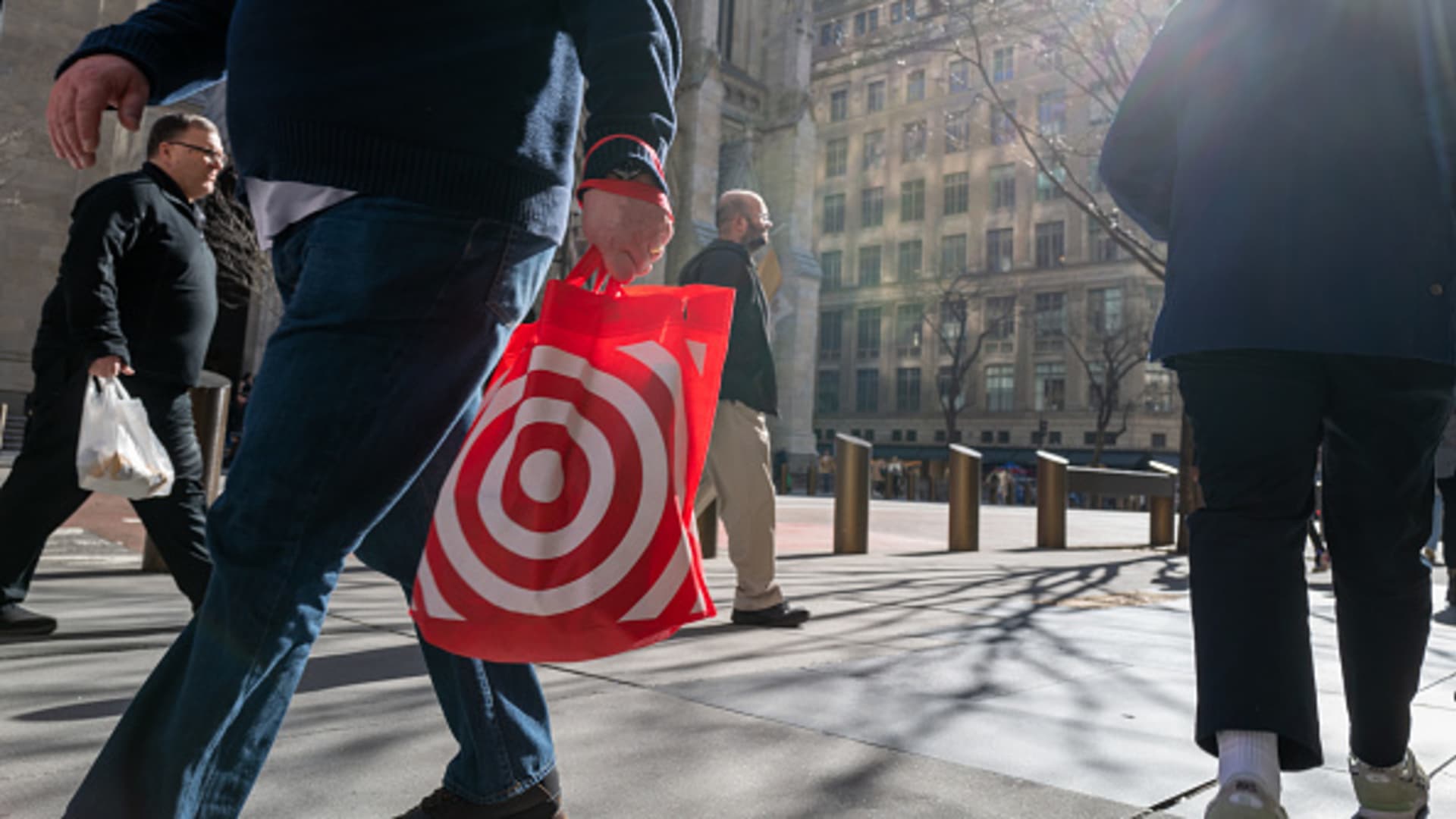Products You May Like
It’s getting harder to keep up with higher prices.
As of February, 62% of all U.S. adults were living paycheck to paycheck, up from 60% a month earlier, according to a new LendingClub report.
To make ends meet, more people have picked up a side hustle, the report also found.
As pandemic-related benefits are scaled back, “many have turned to supplemental income with a side job or alternative income sources to improve their financial standing,” said Anuj Nayar, LendingClub’s financial health officer.
More from Personal Finance:
Prioritizing retirement, emergency savings in shaky economy
Whether bank crisis causes recession may depend on ‘wealth effect’
The IRS plans to tax some NFTs as collectibles
Nearly half, or 44%, of Americans have a side hustle amid inflation, which is a 13% jump compared with 2020, according to a separate survey by LendingTree. Another report, from FlexJobs, found that 69% of employed professionals either have a side job or want one.
“What is clear: No matter your income bracket, having supplemental income greatly impacts financial stability and can often mean the difference between living without difficulty and living paycheck to paycheck and struggling to pay monthly bills,” Nayar said.
How to improve your financial picture
Instead of — or in addition to — earning more to help cover monthly expenses amid inflation, try these spending and savings tips from consumer finance expert Andrea Woroch.
1. Refresh your budget. ”Inflation has likely thrown your spending and savings plan out of whack,” she said. Start by going over your expenses and negotiate with current providers, or cut costs where you can, such as increasing your auto or homeowners insurance deductible to lower your monthly premium.
2. Purge useless services. Review each recurring expense and eliminate unnecessary services such as unused subscriptions or memberships and premium movie channels you never watch, Woroch said.
3. Clear up debt. To keep up with higher prices, more Americans are leaning on credit cards and carrying debt from month to month, many reports show. If you’re struggling to pay off a balance, switch to a 0% balance transfer card, which may offer up to 21 months with no interest.
4. Tidy up your financial profile. Transfer your savings to a high-yield online savings account to earn a better interest rate and check that your bank isn’t charging monthly maintenance or service fees for overdrafts or insufficient funds.
5. Change your spending habits. Going forward, a good way to reduce the amount you spend is to avoid impulse purchases. Woroch advises shoppers to turn off sale notifications in store apps, unsubscribe from retail newsletters and avoid walking into stores such as Target just to browse.
LendingClub’s paycheck-to-paycheck report is based on a survey of more than 4,000 U.S. adults in February.
Subscribe to CNBC on YouTube.
